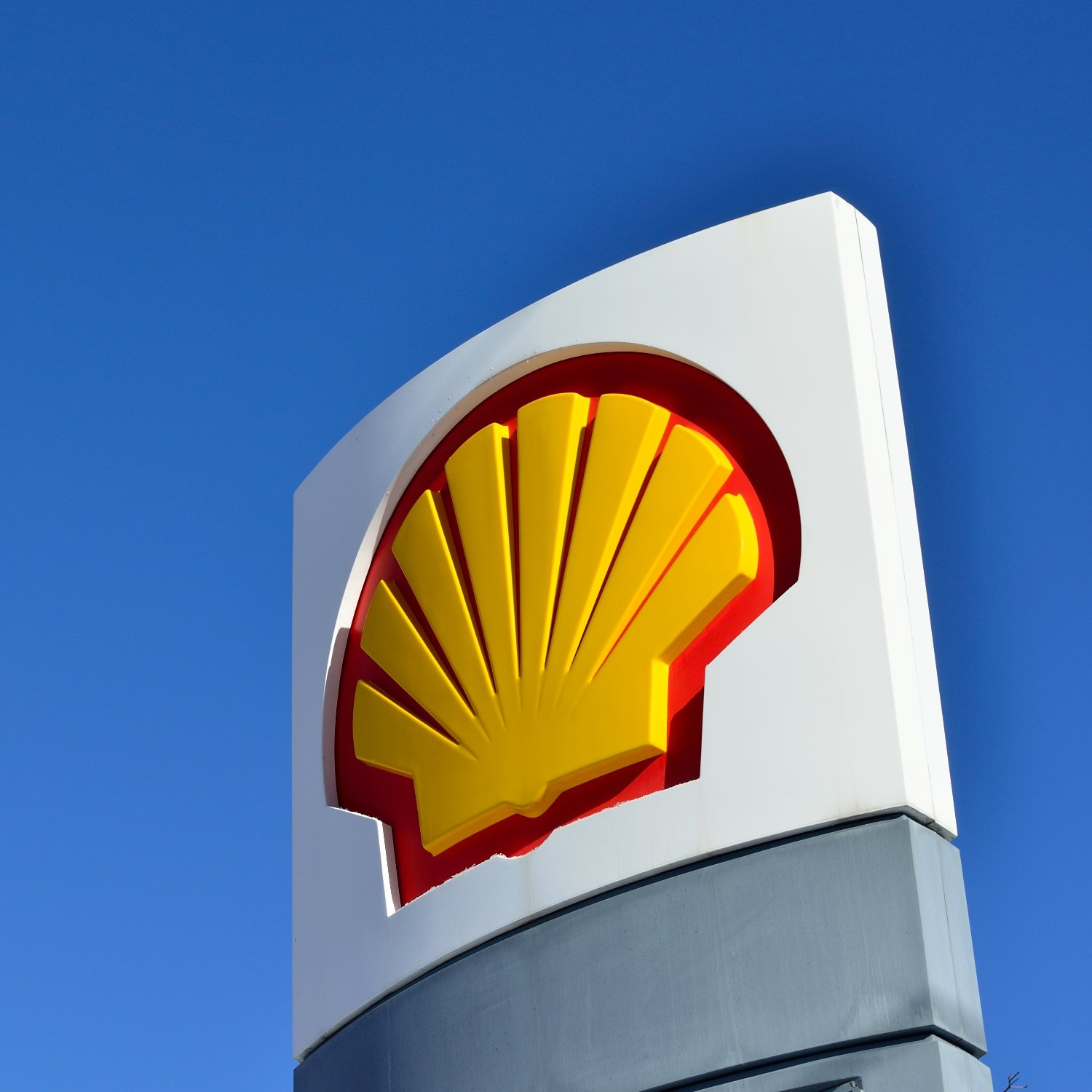

After trading in a tight range for the better part of 2017, oil looks to have finally broken out over the psychological $50 a barrel level, and given the massive cost reductions over the past two years at the top energy companies, anything over that $50 level looks to be solidly profitable. With demand increasing, and the massive inventories starting to drop, the rest of 2017, and especially 2018, look more and more promising.
In a new research report, Jefferies sees the $48 mark on West Texas Intermediate as the breakeven level for the oil industry, and while not overly bullish, the firm is cautiously optimistic and noted this:
The macro scenario remains volatile but we see solid fundamental reasons to own these stocks. The oil market has (finally) moved into modest under-supply and we expect this will persist at least through the end of the year. The next Ordinary OPEC meeting on November 30th looms large. Our expectation is that OPEC (and partners including Russia) will extend production cuts through the end of 2018 and if this transpires, the market should be broadly in balance and support prices above the $48 sector break-even.
The analyst raised price targets on three mega-cap stocks, all are rated Buy at Jefferies.
Chevron
This integrated giant is a safer way for investors looking to stay or get long the energy sector, and it has big Permian Basin exposure. Chevron Corp. (NYSE: CVX) is a U.S.-based integrated oil and gas company with worldwide operations in exploration and production, refining and marketing, transportation and petrochemicals.
The company sports a sizable dividend and has a solid place in the sector when it comes to natural gas and liquefied natural gas (LNG). Some on Wall Street estimate the company will have a compound annual growth rate of over 5% for the next five years.
The company reported solid earnings for the second quarter, and analysts have noted that the Permian Basin remains a key source of capital flexibility, and it is a key issue behind their relative preference for Chevron versus some of the other majors. Chevron is expected to report third-quarter results on October 27.
Chevron shareholders are paid an outstanding 3.65% dividend. The Jefferies price target was raised to $137 from $120, and the Wall Street consensus price objective is $121.80, The shares closed Thursday at $118.20.
ConocoPhillips
This company may offer investors solid upside potential and could start growing the dividends again. ConocoPhillips (NYSE: COP) explores for, produces, transports, and markets crude oil, bitumen, natural gas, LNG, and natural gas liquids (NGLs) worldwide.
Conoco’s portfolio includes resource-rich North American tight oil and oil sands assets; lower-risk legacy assets in North America, Europe, Asia and Australia; various international developments; and an inventory of conventional and unconventional exploration prospects. Many Wall Street analysts feel the company can accelerate growth from a reloaded portfolio depth in the Bakken and Eagle Ford, and with visibility on future growth from a sizable position in the Permian.
Conoco has redefined its investment case with the highest free cash leverage to a recovery in oil prices among the big oil plays. Management has addressed key questions around portfolio resilience, and share buybacks have been prioritized over growth. The company also is slated to report third-quarter results on October 27.
Investors receive a 2.13% dividend. The $49 Jefferies price target was raised to $57. The consensus price target is just $51.47, and Conoco closed Thursday at $49.71 a share.
Royal Dutch Shell
This company has survived the seesaw in oil pricing as good or better than any other major integrated stock. Royal Dutch Shell PLC (NYSE: RDS-A) operates as an independent oil and gas company worldwide through its Upstream and Downstream segments. The company explores for and extracts crude oil, natural gas and NGLs.
Royal Dutch Shell also converts natural gas to liquids to provide fuels and other products; markets and trades crude oil and natural gas; transports oil; liquefies and transports gas; extracts bitumen from mined oil sands and converts it to synthetic crude oil; and generates electricity from wind energy. In addition, the company engages in the conversion of crude oil into a range of refined products, including gasoline, diesel, heating oil, aviation fuel, marine fuel, LNG for transport, lubricants, bitumen and sulphur; production and sale of petrochemicals for industrial customers; refining; trading and supply; pipelines and marketing; and alternative energy businesses.
Shell’s fourth consecutive quarter of dividend coverage at lower oil prices helps reaffirm the positive investment case for the company. Earnings have continued to surprise Wall Street to the upside, and analysts are bullish on the company’s cost reduction targets. Management has been tight-lipped about upgrading its guidance despite this progress, and some feel this is likely to come at Shell’s management day in November.
Investors receive a huge 5.24% dividend. Jefferies raised its price objective to $67.90 from $60.70. The consensus figure of $61.41 is near the most recent closing price of $61.03.
These top mega-cap integrated oil companies have shown strong moves from the levels that were printed in the summer. Despite the strength, they still make sense for investors looking to add energy. The fact they all pay good dividends is another big positive.
Sponsored: Find a Qualified Financial Advisor
Finding a qualified financial advisor doesn’t have to be hard. SmartAsset’s free tool matches you with up to 3 fiduciary financial advisors in your area in 5 minutes. Each advisor has been vetted by SmartAsset and is held to a fiduciary standard to act in your best interests. If you’re ready to be matched with local advisors that can help you achieve your financial goals, get started now.
Thank you for reading! Have some feedback for us?
Contact the 24/7 Wall St. editorial team.
 24/7 Wall St.
24/7 Wall St.

